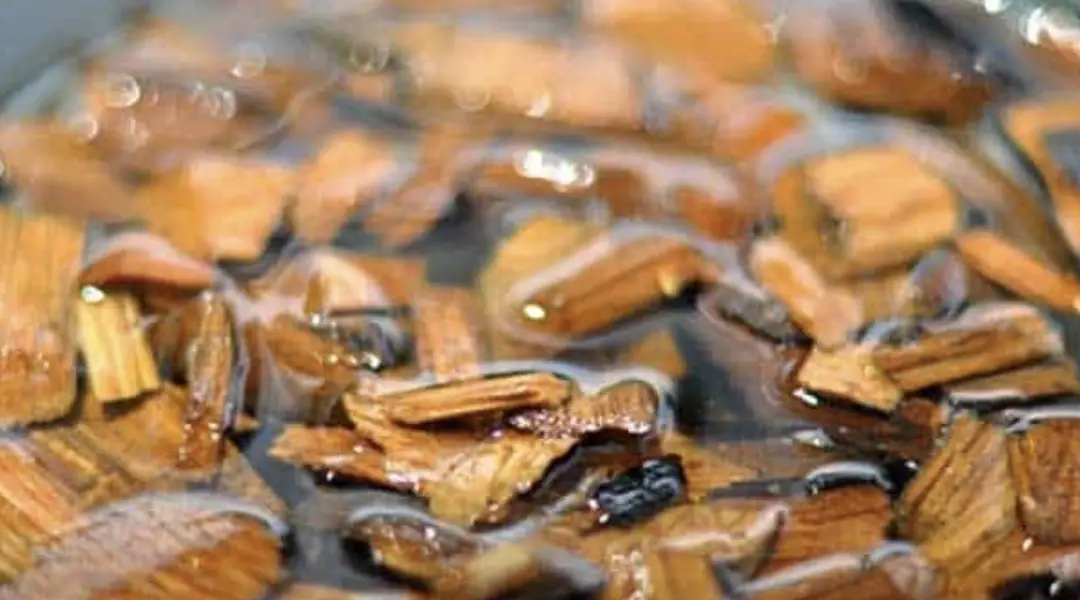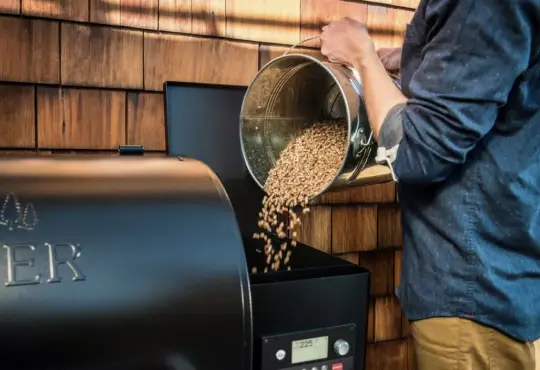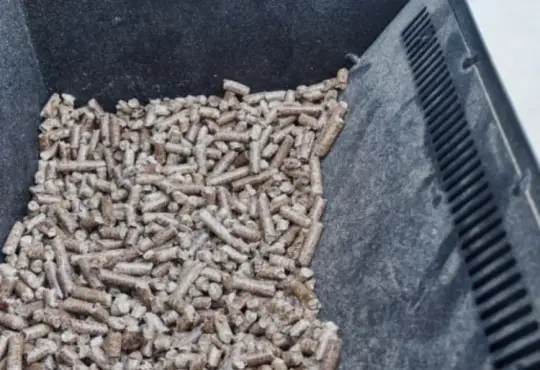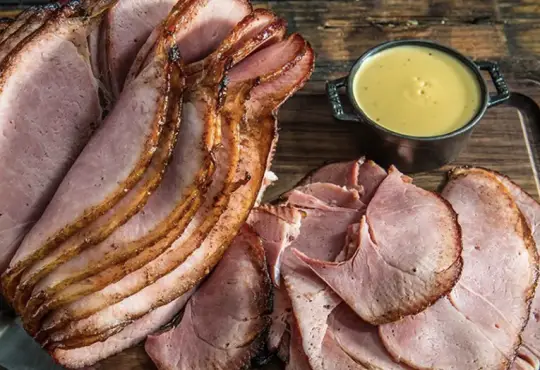
Soaking Wood Chips for Smoking: Fact or Fiction?
Smoking food is a culinary art that infuses dishes with rich, smoky flavors, and the use of wood chips is a crucial element of the process. One common practice that has sparked debates among barbecue enthusiasts is whether soaking wood chips before smoking is beneficial. In this blog post, we’ll explore the age-old question of whether soaking wood chips is a helpful technique or a culinary myth, providing insights into the science behind it and helping you make an informed decision for your smoking endeavors.
The Soaking Wood Chips Myth:
The notion of soaking wood chips before using them for smoking has been passed down through generations. The idea behind soaking is that wet wood chips produce more smoke and that the water helps slow down the combustion process, preventing chips from burning too quickly and allowing for a longer smoking duration.
The Reality Behind Soaking Wood Chips:
While soaking wood chips is a common practice, it’s important to consider both the benefits and potential drawbacks.
Benefits:
- Enhanced Smoke Production: Soaked wood chips can produce more visible smoke, creating that iconic smoky flavor and aroma associated with barbecue.
- Temperature Control: Soaking can slow down the combustion process, leading to slightly lower temperatures in the smoker, which may be beneficial for certain recipes.
Drawbacks:
- Extended Preheating: Soaked wood chips can increase the time it takes for the smoker to reach the desired temperature, delaying the cooking process.
- Inconsistent Smoke: While soaked chips can produce more smoke initially, the overall smoking duration might be shorter compared to using dry chips.
- Less Intense Heat: Soaked wood chips can release steam as they heat up, potentially lowering the temperature inside the smoker and affecting cooking times.
The Science of Soaking:
Wood contains moisture, and soaking doesn’t necessarily prevent chips from burning; it simply delays the point at which they ignite. Soaking doesn’t significantly extend the smoking duration, and the steam released can impact temperature control.
Best Practices for Using Wood Chips:
- Dry Wood Chips: Many experienced pitmasters recommend using dry wood chips for smoking. Dry chips tend to burn more consistently and evenly, providing a stable source of smoke.
- Preventing Flare-Ups: To prevent wood chips from igniting too quickly, place them in a foil packet or smoker box with holes for ventilation. This way, you can control the combustion process without the need for soaking.
- Experimentation: The best way to determine your preference is through experimentation. Try both soaked and dry wood chips in different smoking sessions to see which yields the flavor profile you desire.
Conclusion:
The practice of soaking wood chips for smoking has been a topic of debate for years, and opinions remain divided. While soaking can produce enhanced smoke initially, the drawbacks, such as extended preheating and temperature control challenges, might not align with your smoking goals. Ultimately, the decision to soak or not to soak wood chips depends on personal preference and the specific results you aim to achieve. Whether you choose to embrace tradition or adopt a more contemporary approach, the art of smoking remains a flavorful journey that’s as diverse as the dishes you create.






